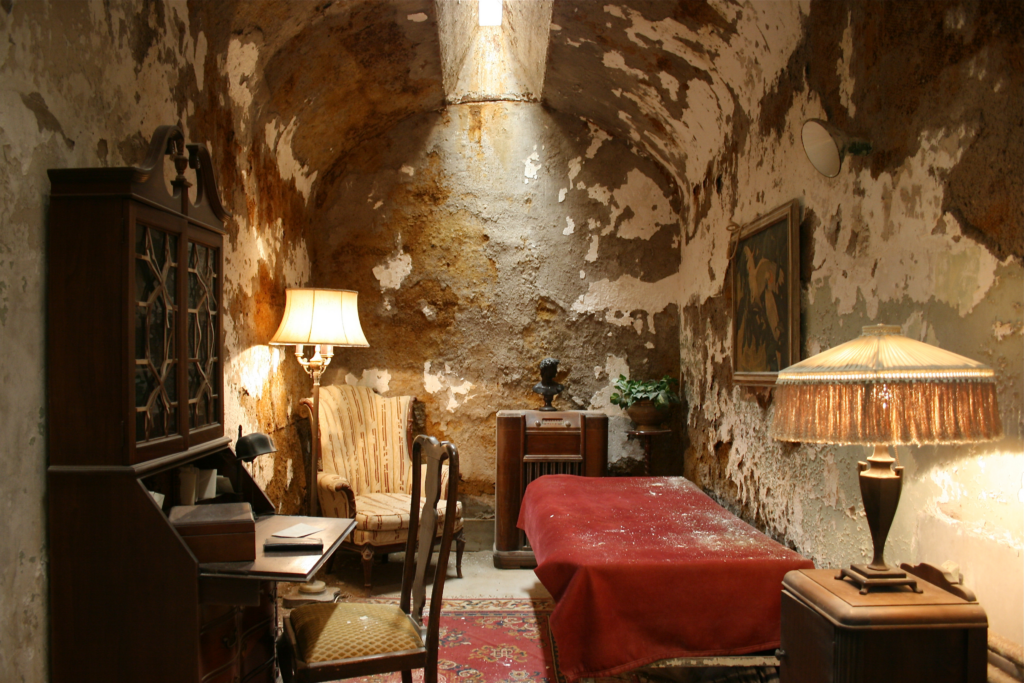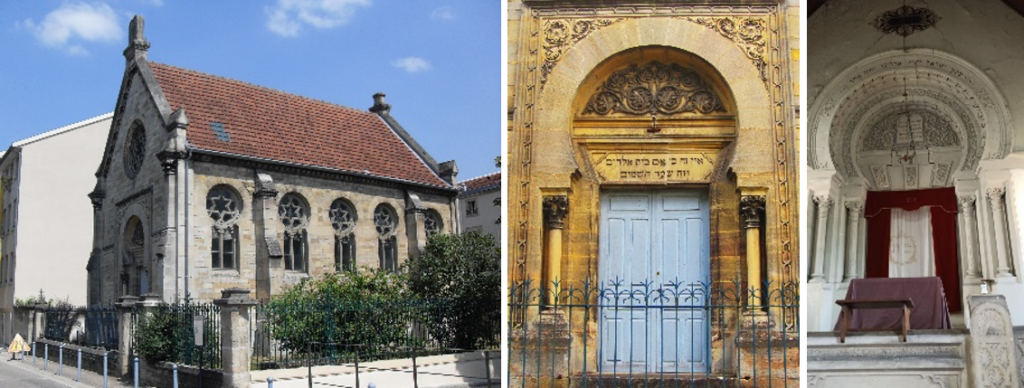
Shabbat Shira, Beshalach (בשלח – when he sent away), Exodus 13, 17 to 17, 16.
Shabbat of singing, but we could say songs. When the Bnei Israel cross the sea, Moshe and the men sing a song (Exodus 15, 1 to 18), followed by that of Miriam and the women (Exodus 15, 20 and 21). In the haftarah, Dvorah and Barak also sing (Judges 5, 1 to 31). The parsha also relates the giving of manna by Gd.
Exodus 16, 4
וַיֹּאמֶר יי אֶל-מֹשֶׁה, הִנְנִי מַמְטִיר לָכֶם לֶחֶם מִן-הַשָּׁמָיִם
The Lord said to Moses, I will rain food from heaven for you
The detention camp
As the rise of Nazism, many Jews took refuge in Great Britain. In 1939, when war was declared, the British government, worried that enemy spies had been able to infiltrate, brought together hundreds of families of German origin and made them cross the Irish Sea to incarcerate them on the Island of Man in Hutchinson’s camp, as the British authorities considered them “enemy aliens“. Of the 1,500 Jews arrested in mass roundups, there are many well-known artists, musicians and intellectuals1.
Isle of Man
Today around 200 Jews still live on the small island, mostly in the capital Douglas2. This small community has a Jewish cemetery, but has no rabbi or kosher store, it meets at 30 Allan Street, in a private home. The community is represented at Tynwald3 by Leonard Singer.
1 Including Sir Nikolaus Pevsner, historian of art and architecture, Lord Arthur Weidenfeld, Baron of Chelsea, publisher, philanthropist and press columnist, Sir Charles Forte, founder of the Forte group, Kurt Schwitters, German painter, sculptor and poet (Dadaism) and pianists Marjan Rawicz and Walter Landauer (piano duo).
2 Kirk Douglas, whose real name Issur Danielovitch is the son of Jewish migrants from Tchavoussy who fled Belarus to escape the State anti-Semitism of the Russian Empire. At 74, he returned to Judaism. He died on February 5, 2020 (10 horses) at the age of 103. In 2004, his wife Anne Buydens converted to Judaism.
3 The Tynwald is the parliament of Isle of Man (Manx: Tinvaal means “meeting place” or “place of assembly”.














